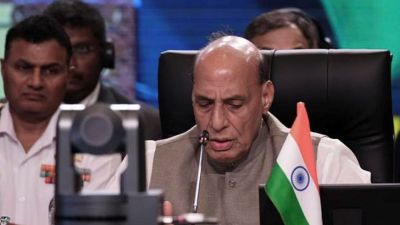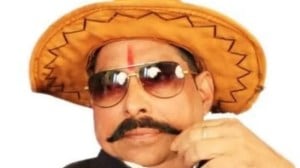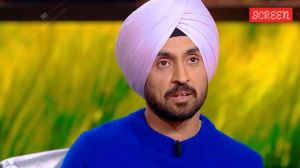Will this shine fade away?
For years, Indians were weighed down by the historical baggage of being second best. In 1991, when we had to pledge our gold reserves, the c...

For years, Indians were weighed down by the historical baggage of being second best. In 1991, when we had to pledge our gold reserves, the confidence of the country in itself was at its nadir.
Then followed the Rajiv Gandhi years. He appeased Muslims through legislatively reversing the decision of the Supreme Court in the Shah Bano case, on the one hand, and opened the gates of the Ram temple at Ayodhya to consolidate Hindu votes, on the other. V.P. Singh came along next and proceeded to vertically divide Indians by implementing the recommendations of the Mandal Commission. Later, India was to witness the agitation for the Ram temple at Ayodhya reach a crescendo and the state sponsored blood bath at Ayodhya. The repercussions of this divide and rule policy are still with us, as the Godhra incident and the Gujarat riots signify. In the overall confusion, the economic development of the country was completely neglected.
Socialism had bogged India down to a level where, in place of sharing wealth, we had started to distributed poverty. The compulsions of the time forced the Narasimha Rao government to set the country on the path of reform and it is this trajectory that the NDA government has followed. But it is the “can-do” spirit of the Vajpayee government that has really turned things around for India. In a recent remark, V.S. Naipaul, the Nobel laureate, described BJP as a strong, nationalist party and appreciated its “passion”, because he believed that passion is always creative.
For India to realise its true potential and to become one of the developed nations of the world, it would urgently require political stability at the Centre. If the Central government is not strong enough and is vulnerable to the whims and fancies of mavericks like Laloo Prasad Yadav, for instance, then only God can save this country.
In other words, our people will have to give a clear mandate to a strong Centre, if we want the country to make progress on the trajectory of growth. At present the only chance for a stable and strong government comes from NDA coalition under the leadership of Atal Bihari Vajpayee, whatever may be its shortcomings. After all, in a democracy the citizen will have to choose the better alternative and “better” does not always mean the best. The exit poll predictions of the second phase have highlighted the consequences of a fractured mandate, with Opposition leaders of various hues — Laloo Prasad Yadav, Mulayam Singh Yadav, Mayawati, Sharad Pawar — all clamouring to become the prime minister.
Ultimately, the question — will India shine? — boils down to the question of stability. It is only with a politically stable Centre and a strong and committed leadership can the country capitalise on the formidable gains it has already made. The NDA leadership is committed to many of the ongoing measures and policies it has put in place for economic consolidation and developmental growth. If the NDA government comes back to power, it is the most likely to carry forward these processes and policies to their logical conclusion. This places a responsibility on the citizens of this country, as they exercise their franchise in the next two phases of polling.
As a child, I had read a story with the moral that read: The distance between success and failure is only few feet. The story was about a diamond mining company working in South Africa. After working for several years on mining a piece of land without any success, the company sold the plot cheaply to an investor who, by digging a few feet more, was able to discover a huge diamond mine. The story writer had observed that the difference between the success and failure of the company and the individual was only a few feet.
There is a similar moral in our politics today. The difference between whether India will shine or not, may just be the distance between our homes and the polling station.
The writer is part of the Central Economic Cell of the BJP






- 01
- 02
- 03
- 04
- 05
























